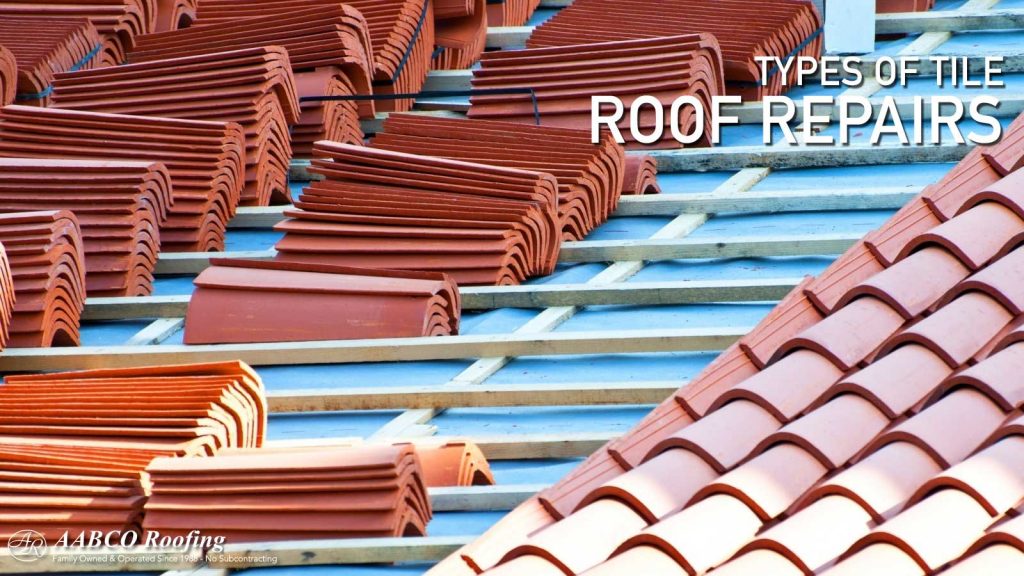As it comes to safeguarding your home, the rooftop plays a essential role in maintaining its stability and worth. Yet, many homeowners may face challenges when it comes to managing their roof needs, especially when it comes to claims related to insurance. Understanding https://burnham-patrick-2.hubstack.net/green-roofing-solutions-eco-friendly-options-for-your-property of roofing insurance claims can not only make the procedure smoother but also ensure that you are properly prepared when problems arise. This guide aims to explain the steps involved, from identifying when it might be time for a new roof to navigating the complexities of coverage and claims.
In this detailed guide, we will cover key topics related to roofing, including how long different materials last, common roofing problems and how to fix them, and the significance of routine inspections for maintaining your roof's health. Whether you're considering a do-it-yourself repair or contracting a specialist, knowing the factors that influence roof installation costs and lifespan will empower you to make educated decisions about your investment in roofing. Let's explore further into the world of roofing insurance claims and explore the best practices for making sure your home remains secure and protected.
Grasping Roof Lifespan and Options for Roofing Materials
When considering a new roof for your home, a most important factors is the duration of the materials used for roofing. Different options come with different lifespans, which can dramatically impact both immediate and future costs. For example, asphalt shingles typically endure around 15-30 years, while metal roofs can persist for up to 70 years or beyond with appropriate maintenance. Understanding these variances helps homeowners choose wisely that match their budget and surroundings.
Selecting the best roofing material is not just about durability; it also requires considering the aesthetics and usability appropriate for your home. check out here as weather conditions, pitch, and home design play a crucial role in this choice. For instance, tile roofs are often preferred in hot regions for their thermal benefits, while flat roofs might be ideal for contemporary homes. Additionally, knowing the advantages and disadvantages of various materials, like cedar shake versus asphalt or metal, helps homeowners achieve a balance between strength and visual appeal.
In addition to aesthetics and lifespan, the choice of roofing material can affect energy savings and upkeep needs. Green roofing options are becoming trendy for their eco-friendly properties and energy-saving capabilities. Homeowners should also take into account the installation complexity and ongoing upkeep associated with various options. By assessing these factors, you can choose a roofing option that not only satisfies your current requirements but also improves the overall worth and comfort of your home.
Roofing Re-roofing: Steps and Factors
When evaluating a roof replacement, the initial step is to examine the existing condition of your roof. Look for distinct signs that suggest the necessity for a new roof, such as curling or damaged shingles, significant leaks, or evidence of drooping. It's crucial to determine if repairs can prolong the life of your roof or if a complete replacement is the more prudent choice. Routine inspections can help you catch issues early, ensuring that you are aware of the key signs before the situation worsens.

Choosing the appropriate material for your new roof is an additional vital aspect to consider. Choices range from asphalt shingles to metallic, ceramic, and green roofing choices, each with its unique benefits and durability. Think about your financial plan, climate, and the architectural style of your home when choosing materials. Discuss your options with roofing professionals to comprehend the pros and cons of each type, which will help you make an informed decision that fits with your long-term plans.
The logistics of installation are also significant. You will need to think about the schedule of the project, especially in relation to climate factors. Be prepared for some disruption during the installation process and ensure you coordinate clearly with your chosen roofing professional about what to expect. Once the replacement roof is installed, remember to schedule regular maintenance and inspections to extend its durability and safeguard your investment.
Roof Upkeep and Damage Prevention
Regular roof maintenance is crucial for lengthening the life of your roof and preventing costly repairs. Scheduling routine inspections allows homeowners to detect potential issues promptly, such as cracked or missing shingles, rusted flashing metal, or various wear and tear. It's wise to have a professional inspect your roof at least once a year and after severe weather events. This proactive approach allows you to address minor issues before they grow into major repairs.
One of the most aspects of roof care is ensuring proper attic ventilation. Good ventilation aids regulate temperature and moisture levels in your attic, significantly reducing the chances of ice dams and premature roof deterioration. Educating yourself on how to maintain an ideal ventilation system can improve your roof's lifespan and efficiency, while also assisting to avoid mold growth and structural damage.
In addition, taking precautions to avoid roof leakage is vital. Homeowners should clear debris from gutters and downspouts to facilitate water drainage and reduce the likelihood of clogs. Consistently trimming overhanging branches also helps avoid damage from falling limbs during storms. By being vigilant and conscious, you can safeguard your investment and guarantee your roof remains in good condition for years to come.
